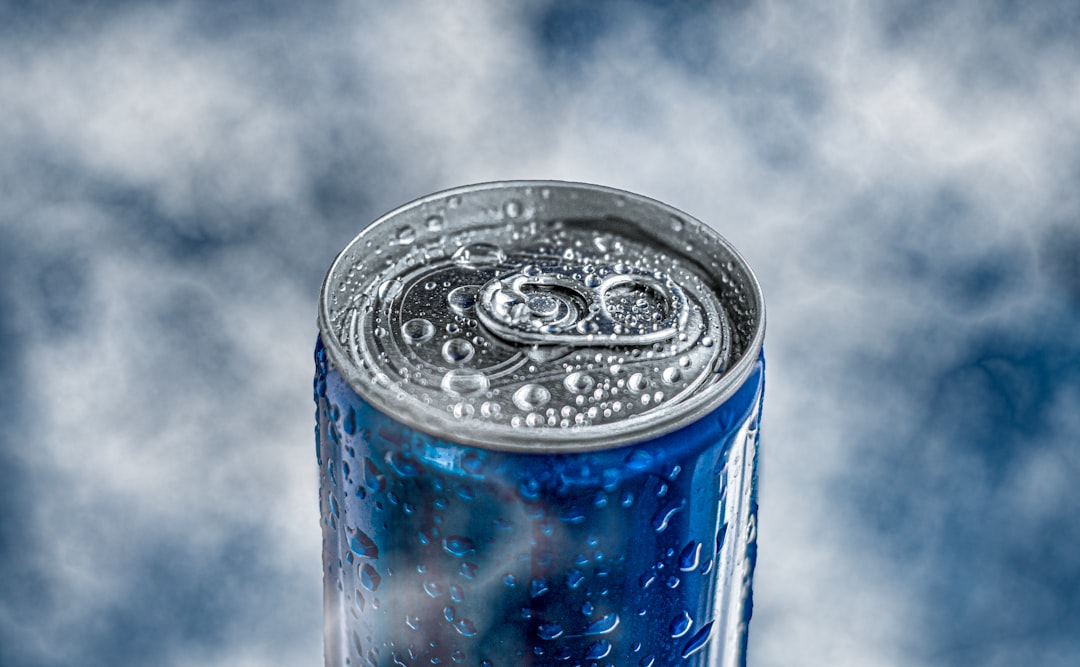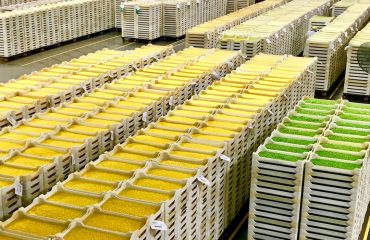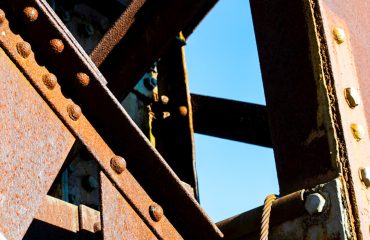Winter’s harsh conditions – freezing temperatures, snow, ice, and de-icing salts – can wreak havoc on outdoor structures and materials. However, galvanized products, thanks to their protective zinc coating, consistently demonstrate superior performance and longevity even in the most frigid environments. This post delves into the specifics of galvanized product performance in cold climates, highlighting their advantages and offering valuable insights for optimal usage.
Unwavering Corrosion Resistance in Freezing Temperatures
The primary advantage of galvanized steel is its exceptional resistance to corrosion. This is crucial in cold climates, where moisture, combined with fluctuating temperatures, accelerates the rusting process on unprotected metals. The zinc coating acts as a sacrificial anode, meaning it corrodes preferentially to the underlying steel. Even in sub-zero temperatures, where the rate of corrosion might be slightly reduced, the zinc layer continues to provide effective protection. This prevents the formation of rust, which not only compromises the structural integrity of the product but also leads to costly repairs and replacements. The thicker the zinc coating, the longer the protection will last. Hot-dip galvanizing, which provides a significantly thicker and more uniform coating than electrogalvanizing, is particularly well-suited for cold climates.
Withstanding the Impact of Snow and Ice Buildup
Heavy snowfalls and ice accumulation can put significant stress on structures. Galvanized steel, with its inherent strength and durability, is well-equipped to handle these loads. The zinc coating also provides a smooth surface, reducing the adhesion of ice and snow, making it easier to remove accumulated buildup. This is particularly important for applications like roofing, fencing, and handrails where ice and snow can pose a safety hazard. While the weight of snow and ice is a concern for all structures, the resilience of galvanized steel minimizes the risk of damage from these loads, contributing to longer lifespan and structural integrity.
Understanding Thermal Expansion and Contraction
Significant temperature fluctuations between day and night in cold climates cause materials to expand and contract. This thermal cycling can lead to stress and cracking in some materials. Galvanized steel, while not immune to these effects, exhibits relatively low coefficients of thermal expansion compared to other metals. This means it experiences less dimensional change with temperature variations, reducing the risk of cracking or warping. Proper design and installation techniques, considering potential expansion and contraction, are still crucial to ensure optimal performance and longevity in these conditions.
Best Practices for Installation and Maintenance in Cold Climates
To maximize the performance of galvanized products in cold climates, proper installation is critical. This includes ensuring adequate support structures to account for snow loads, using appropriate fasteners to prevent corrosion, and sealing any potential points of entry for moisture. Regular inspection is also recommended, particularly after periods of heavy snowfall or ice storms. Any signs of damage should be addressed promptly to prevent further deterioration. For example, chipped or scratched areas of the zinc coating can be touched up with zinc-rich paint to maintain the protective barrier.
Long-Term Cost Savings and Environmental Benefits
While the initial cost of galvanized products might be slightly higher than some alternatives, the long-term cost savings are significant. The extended lifespan and reduced maintenance requirements of galvanized steel translate to lower replacement and repair costs over the years. Furthermore, the durability of galvanized products contributes to environmental sustainability by reducing the need for frequent replacements, thus minimizing waste and resource consumption. This longevity makes galvanized steel a responsible and economically viable choice for cold climate applications.
In conclusion, galvanized products offer a reliable and cost-effective solution for various applications in cold climates. Their superior corrosion resistance, strength, and resilience to the impacts of snow and ice make them a preferred choice for ensuring structural integrity and longevity in challenging winter conditions. By following best practices for installation and maintenance, you can maximize the benefits of galvanized steel and enjoy years of trouble-free performance.
SEO Tags:
- Galvanized steel cold climate
- Corrosion resistance winter
- Galvanized products snow ice
- Hot-dip galvanizing cold weather
- Winterizing galvanized steel




